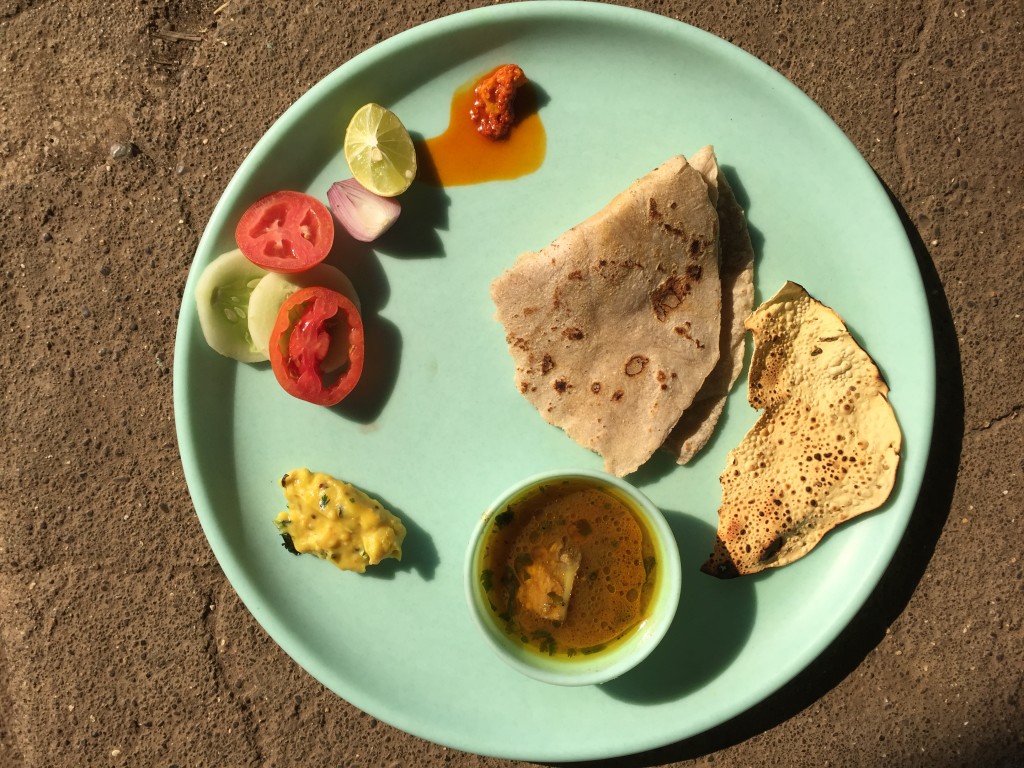The other deliberation I decided to attend was about high stakes testing and a discussion about if we really need them. It was at Websters last Thursday by students from Cynthia Mazzantes class. To be honest, the only reason I went was because it was the only one at Webster’s I could attend and I figured they’d have good refreshments.
Either way, this deliberation hit home for me because I went to an IB school, and we had NO multiple choice tests. Our process was more valued than our answer (which I think SHOULD be the case!), and it makes me mad how I take 3 15 question multiple choice tests in physics that somehow prove the fact that I do or do not know physics. I had the same frustration over the SATs. I was happy that this deliberation enlightened me on some of the sad truths about high stakes testing. Because I’m a science major, I am very focused on the content of a test, and not the implications. Meanwhile, the business majors in the room spoke to the college board business, and how its been around since 1926! The associate dean of student affairs of schreyer, Mitch Kerschinski was also in attendance, which was a nice perspective when us students started going off on more of a rant than a deliberation. The three approaches were 1) Keep the test, but what can be done in schools to help prepare for it 2) change the use of the test (instead of such a heavy emphasis on admission, it will be a factor) 3) Get rid of it. I had figured something like Webster’s would lend itself to a deliberation but its chairs were very cluttered and it actually made it harder for each mini team to get around. They were flustered to begin with, but I only thought team 1 had a very structured and specific approach. They asked us what we thought the test is used for, and what helps people do well in the test. And from there we discussed how the approach to the test can be changed. Approach 2 and 3 were very practical and focused much less on the implications and more on the execution of WHAT can be done, which I didn’t really like. For example, it was more like “Okay we’ll teach more geometry in high school. Then people will be able to take the test.” I think it made sense to discuss implications first, because in theory each approach is executable. I think the real problem is the TEST and how its worded etc, not the INFORMATION on the test.
Also, we didn’t have a “difficult one” attend ours, but there was one sarcastic member that just did not stop talking about his personal stake, but I do think the moderator handled this well in just simply asking a question over top the rant that was inspired by another question. I did like the deliberation though, because I developed a new perspective on the test. At one point we all shared which test we took (ACT or SAT), which one we thought was easier, and which one we did better on. A majority said that they liked the ACT better but scored worse on it, probably because they “prepped” more for the SATs. Now recently, the SAT has changed the test so that it took out some content but did not change the way it tested the person. The method is still the same. This brings up two points.
First, we discussed how the only time we will encounter SAT-like questions is during prep and during the test, and this speaks to the fact that the SAT is a private sector and most schooling is public, making it easy for the SAT to not test “aptitude” but to actually test students on how specifically they know the SAT. Also, because people like the Act better, they changed the SAT to essentially make it easier, but now that its easier, the bottom of the curve will move up while the top will continue to max out, so perhaps colleges will put less of an emphasis on it. I do agree that colleges need a stream lined way to somewhat get rid of applicants, but based on the approaches, I ended up agreeing with 3 in that the test needs to be changed, in 2 that the colleges can’t put a great emphasis on it, and 1 that if it does change, schooling will help students with the test and reduce the “prep” industry. It was an interesting conversation, and I’m glad I attended.




